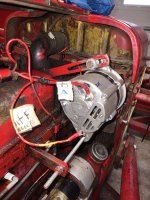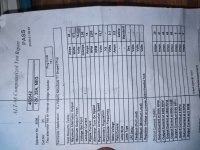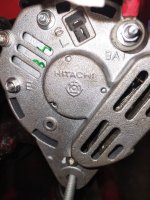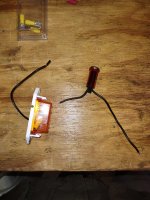Paul 300 U
Member
I recently posted about how best to mount the new alternator for this conversion. I've completed the installation. Following the instructions I've been using the next step was to attach the A wire to the Bat terminal which I did. It was then I realized that the instructions I'm using appear to be for a 3 wire alternator.
I purchased this alternator over a year ago then changed my mind about doing the conversion. I saved several discussions on the topic but now can no longer find the correct instructions. When I search I usually find debates on the pros and cons of converting or parts of discussions from folks well into the process. Worst case is the dreaded diagram.
This is a Hitachi alternator with an internal voltage regulator. I also purchased a 12 volt coil that does not require an external resistor. I've attached pictures below. I'd appreciate if anyone can provide simple instructions on how to proceed from here. I also switched the wires on my Anmeter but perhaps that doesn't matter at this point. Thanks for the help! Paul
I purchased this alternator over a year ago then changed my mind about doing the conversion. I saved several discussions on the topic but now can no longer find the correct instructions. When I search I usually find debates on the pros and cons of converting or parts of discussions from folks well into the process. Worst case is the dreaded diagram.
This is a Hitachi alternator with an internal voltage regulator. I also purchased a 12 volt coil that does not require an external resistor. I've attached pictures below. I'd appreciate if anyone can provide simple instructions on how to proceed from here. I also switched the wires on my Anmeter but perhaps that doesn't matter at this point. Thanks for the help! Paul






